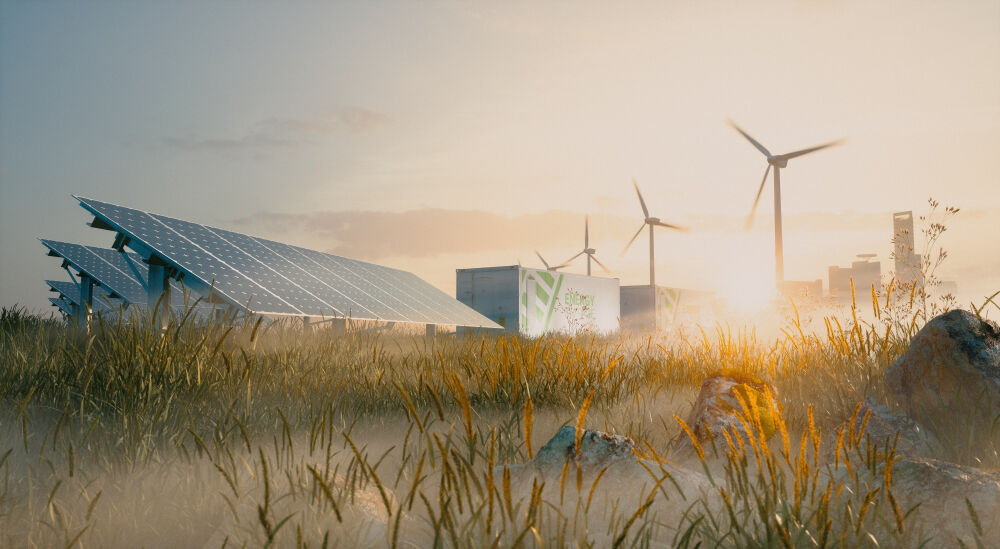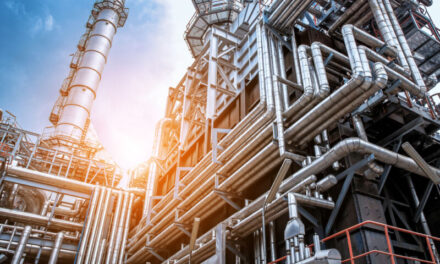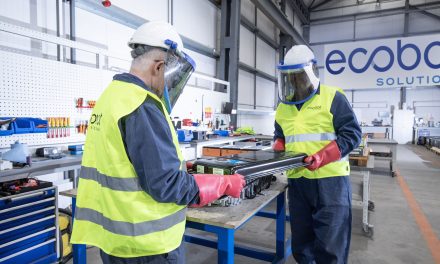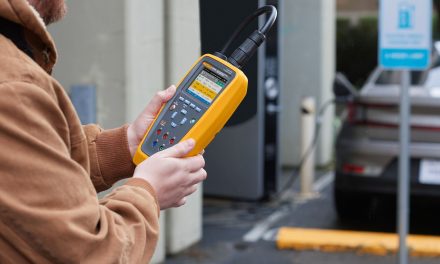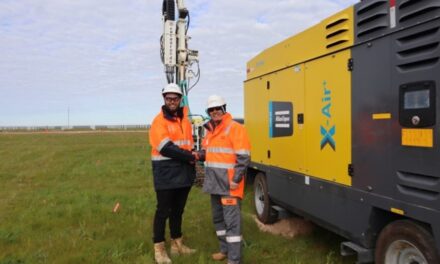Energy transition is mostly driven by policy decisions and technology but can only be delivered at pace by efficiently developing and sharing relevant engineering expertise and good practice. Bringing engineers together to address practical tasks is a role performed for decades by industry’s Engineering Equipment and Materials Users Association (EEMUA), the not-for-profit, international membership body for owners and operators of fixed industrial assets. Industry turns to this body to deal with practical engineering challenges including those brought by energy transitions.
Harnessing wind and sun
Fossil fuels still play an important role where living standards and demand for energy are rising; while renewables have become a significant and growing part of the energy mix1. Tomorrow’s global energy system will be characterised by a more diverse energy mix, greater reliance on storage to meet intermittency challenges, and network structures evolving to support local generation and consumption.
Worldwide, power generation from solar grew more than 20% in 2019 to rank third among renewables – after hydropower and onshore wind2. Onshore and offshore wind capacity are expected to grow2. In harsh, offshore environments, sound engineering design and confidence in through-life robustness for large turbines are essential. EEMUA’s 194 good practice guidance is applied to materials selection and corrosion control for subsea energy equipment, with EEMUA 158 for practical guidance on offshore construction specification – from materials selection and handling, to welding procedures, personnel, and construction processes. EEMUA 197 guidance is used when fabricating non-primary offshore steelwork and EEMUA 176 guidance on structural castings.
These shifts in energy mix demand changes to network infrastructure that enable electricity grids to accommodate geographically dispersed generation sources. To maintain balance and firm supply, this distributed generation and grid infrastructure must be carefully monitored and controlled – here, EEMUA 191 guidance on alarm systems management is used by industry.
Organic Growth
Meanwhile, developing societies produce more organic waste with renewable energy potential as biogas that may grow 40% in two decades3. In such settings engineers’ primary source of practical guidance are: EEMUA 230 for rotating mechanical equipment; EEMUA 159 for inspection, maintenance and repair of above-ground flat bottomed storage tanks; EEMUA 183 for best practice in preventing bottom leakage from steel storage tanks; EEMUA 231 for mechanical integrity of plant containing hazardous substances; and EEMUA 186 for practitioners on potentially explosive atmospheres.
This article is extracted from an EEMUA whitepaper – read more here (https://bit.ly/2TSyZEP) after free registration.
- See, for example, BP (2020), Energy Outlook – Key Messages https://www.bp.com/en/global/corporate/energy-economics/energy-outlook/introduction/executive-summary.html
- Renewable UK, Powering the Future, Future Energy Supply – Offshore Wind http://vision.renewableuk.com/#future-energy-supply
- International Energy Agency (March 2020), Outlook for biogas and biomethane https://www.iea.org/reports/outlook-for-biogas-and-biomethane-prospects-for-organic-growth
The table includes links directly to specialist practical guidance for engineers, with many more guidance publications, training, forums, seminars, webinars, workshops and other resources ‘by industry, for industry’ to support the engineering community available at www.eemua.org – or ask membership@eemua.org to make these resources work best for you and your colleagues.
| A selection of EEMUA resources for engineering energy transitions | |
| EEMUA 133 – Specification for underground armoured cable protected against solvent penetration and corrosive attack
EEMUA 147 – Recommendations for refrigerated liquefied gas storage tanks EEMUA 158 – Construction specification for fixed offshore structures EEMUA 159 – Above ground flat bottomed storage tanks – a guide to inspection, maintenance and repair EEMUA 176– Specification for structural castings for use offshore EEMUA 177 – Guide to the UK Pressure Systems Safety Regulations (2000) EEMUA 183 – Prevention of tank bottom leakage – a guide for the design and repair of foundations and bottoms of vertical, cylindrical, steel storage tanks EEMUA 186 – A Practitioner’s Handbook for potentially explosive atmospheres EEMUA 190 – Guide for the design, construction and use of mounded horizontal cylindrical steel vessels for pressurised storage of LPG at ambient temperatures EEMUA 191 – Alarm systems – a guide to design, management and procurement |
EEMUA 194 – Guide to materials selection and corrosion control for subsea energy equipment
EEMUA 197 – Specification for the fabrication of non-primary structural steelwork for offshore installations EEMUA 201 – Control rooms: a guide to their specification, design, commissioning and operation EEMUA 207 – Double concrete tanks for liquefied gas – guide to design, construction and operation EEMUA 208 – Guide to life-cycle management of pressure relief systems EEMUA 218 – Quality requirements for the manufacture and supply of duplex stainless steels EEMUA 224 – A guide to risk-based procurement EEMUA 230 – Ageing rotating equipment – a guide to maintenance and operation EEMUA 231 – The mechanical integrity of plant containing hazardous substances: a guide to periodic examination and testing EEMUA 232 – Specifying, procuring and managing third party inspection services EEMUA 241 – Guidance on the presence and operation of portable self-energised electrical / electronic devices in potentially explosive atmospheres (gas and dust) |
